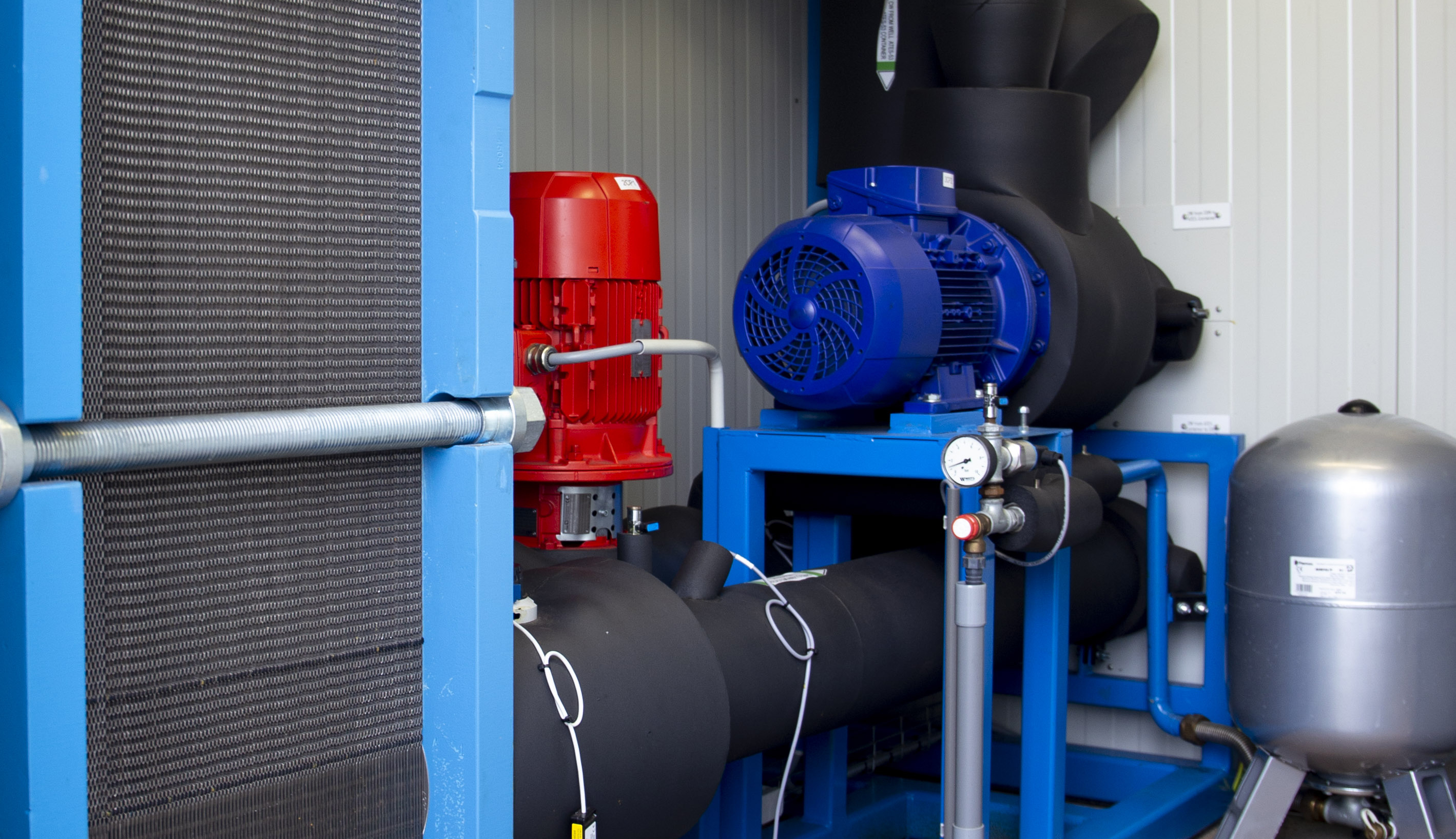From cooling with outside air to offering residual heat
Cooling with outside air seemed to be the ideal solution for energy-efficient data centres, but, admittedly, it did have some drawbacks. Now, a better alternative is available: offering residual heat to the surrounding area.
In our sector, we have been looking for ways to cool data centres with the least possible energy consumption. In our quest, we focused on finding the lowest possible Power Usage Effectiveness (PUE). Flexible cooling also came into play in this search: direct cooling with outside air. That proved to be a Eureka moment.
Disadvantages of direct flexible cooling: corrosion and contamination
However, times have changed, and less positive user experiences with such systems are now emerging as well. Extreme fluctuations in relative humidity sometimes cause corrosion problems, and although this can be resolved through control engineering, such solutions are detrimental to the energy performance of the cooling system. In addition, outside air sucked in directly can introduce dirt and insects, which leads to contamination and, ultimately, malfunctions. To prevent this, the air has to be filtered, which requires the fans to run at higher speeds. That costs more energy and is therefore more expensive, not to mention the fact that the filters have to be replaced regularly. Monitoring the air quality therefore leads to high costs after installation.
Better alternative: offering residual heat
Today, the focus is not so much on energy efficiency anymore. This paved the way for another solution: instead of bringing cold outside air in, we now remove hot air from the data centre, using it as a heat source for buildings in the surrounding area. Although it makes the cooling system a little less efficient, it does help others cut down on their energy consumption. In some Northern European cities, data centres are now even obliged to offer their residual heat in this way. A positive trend that we would like to encourage at APAC. If you’re considering making your heat available to your neighbours, too, We’re at your service.

